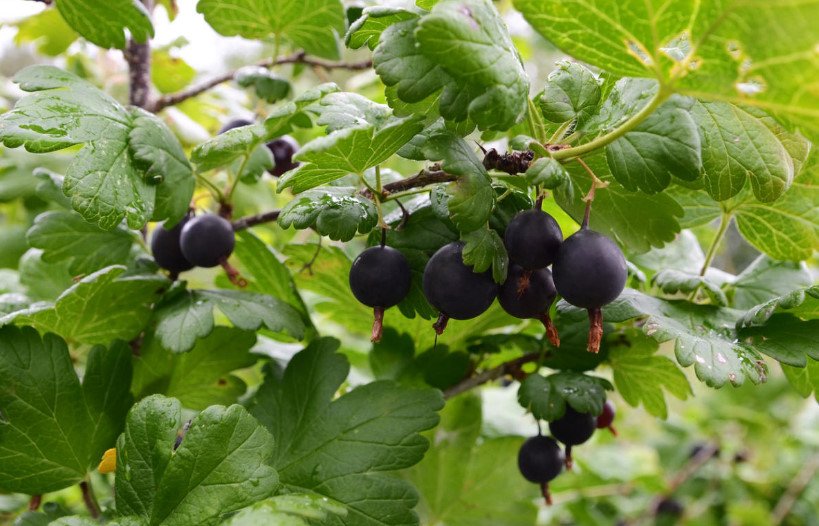
This plant is special because it does not exist in nature. Jostaberry is a product of human breeding, obtained by crossing black currant and two types of gooseberries.
Scientists have been trying to create such a hybrid for a long time, and finally, in 1970, luck smiled on the German breeder Rudolf Bauer – Jostaberry appeared. This unusual name was formed from the German words: johannisbeere and gooseberry stachelbeere. The word Jostaberry originates from the initial letters of these names.
Description of the plant
It turned out to be unlike its parents: the plant is quite impressive and beautiful. It forms magnificent blackberry bushes up to 2.5 m (8.2 ft) in diameter with long spreading shoots that have no thorns. A great advantage of Jostaberry is the weak formation of shoots, so that the plant does not need to be subjected to enhanced pruning.
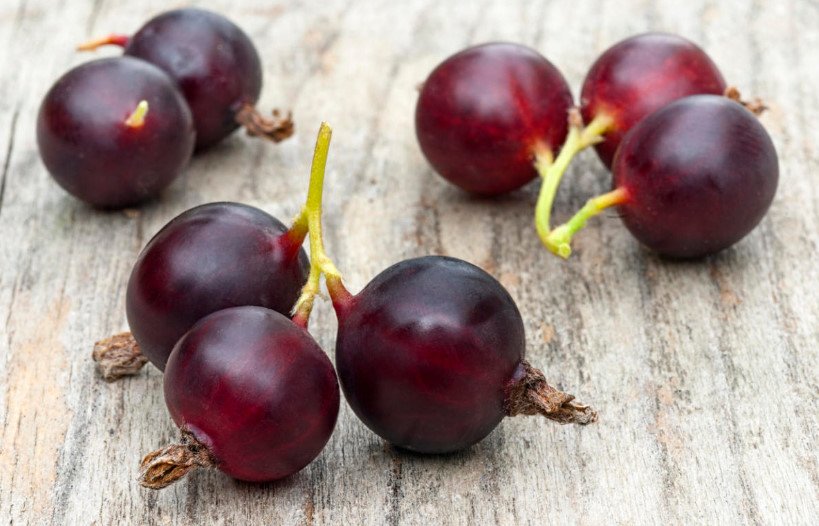
Jostaberry leaves are more like gooseberries, but much larger, and they do not have the aroma of currants. The flowers are large and brighter than their parents, the berries are almost black with a purple tinge of thick skin. They sit very firmly on stems of 3-5 pieces. The taste is sweet and sour, slightly nutmeg.
Growing Jostaberry
Since Jostaberry has weak frost resistance, it should be planted in a place protected from cold winds. Any soil will do – in this respect, Jostaberry is unpretentious. But if it is grown for harvesting, then it is better to add organic matter to the planting pit — humus or compost. Planting is carried out in early spring or autumn.
Caring
Jostaberry care is simple. Pruning is carried out mainly only sanitary, in early spring. In dry summer, the bushes are watered. In summer, they are fed with mullein infusion, in autumn with potash fertilizer or ash infusion. Jostaberry grows rapidly and begins to bear fruit in the third year. The yield is about 7 kg (15.4 lb) per bush.
Unlike its parents, Jostaberry is resistant to many diseases and pests, such as kidney mites, which are very harmful to currants, and powdery mildew, which affects gooseberries. The lifespan of the bush is 20-30 years.
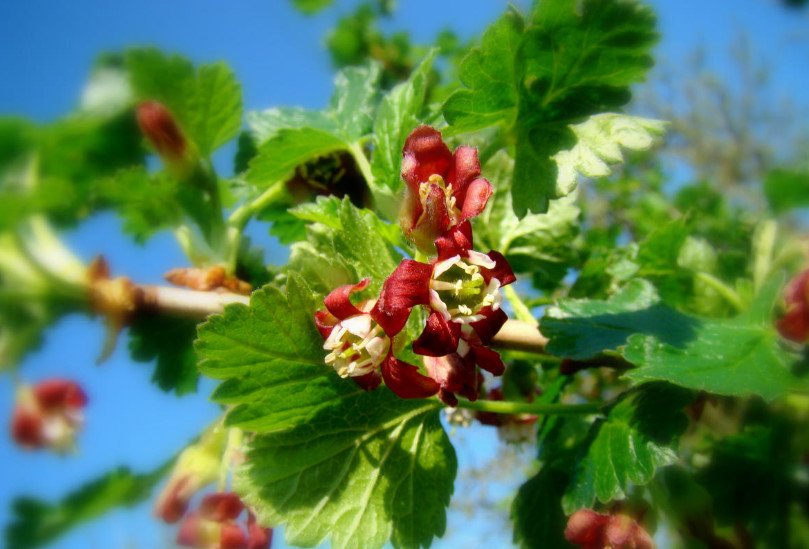
Reproduction Of Jostaberry
To obtain new plants, Jostaberry is propagated vegetatively by cuttings and layering. Lignified cuttings can be taken after autumn pruning, they are cut off by about 15-17 cm (5.9-6.7 in). It is important that the cuttings have 4 buds: when planting, two buds are buried in the ground, and the other two are left on the surface. The soil for cuttings should be loose and nutritious. Cuttings are planted at an angle of 45 degrees.
Pruning of green cuttings is carried out in summer, cutting off the tops of the shoots by 12-15 cm (4.7-5.9 in) together with the planting material and removing the leaves, leaving only the top two. Cuttings are best planted under cover.
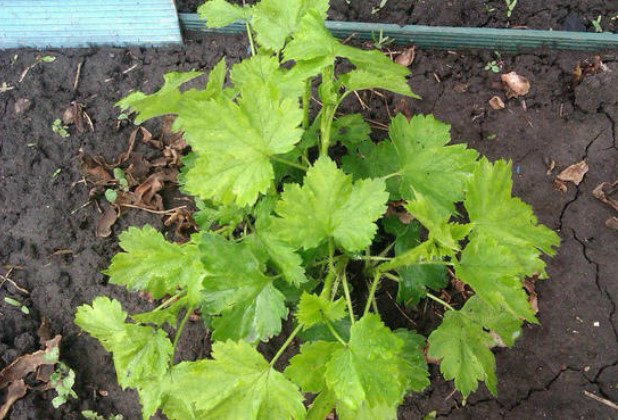
First, the plant is covered with loose earth, a layer of washed sand is laid on top. Cuttings are also planted obliquely, close to each other. Planting should be sprayed as often as possible. After 3-4 weeks, the root system is formed. It is better to transplant to a permanent place next year.
The easiest way of reproduction is arc-shaped layering. For this purpose, the longest two-year shoots are used. The ground around the plant is carefully treated, weeds are removed, grooves are made in which there are shoots and sprinkled with earth. Planted rooted layering for the next year.
Varieties Jostaberry
There are several varieties of Jostaberry, bred by scientists.
- EMB
The variety of English breeding forms bushes no higher than 1.8 m (5.9 ft) with large, wide leaves. Fruiting is abundant for two months, the berries are large (about 5 g/0.2 oz each), delicious. - Rext
The variety forms low bushes with erect shoots, strewn with large berries of very good taste. The yield is quite high – from 5 to 10 kg (11-22 lb) per bush. - Crown
The variety is bred in Switzerland. The bush is even smaller than the previous variety, reaches a height of only one and a half meters (4.9 ft), but spreading. The yield is low – about 3 kg (6.6 lb) of medium-sized berries ripen on each plant during the season, which are firmly held on the branches and do not crumble. - Yogini
Forms tall two-meter (6.6 ft) bushes on which large sweet berries ripen in autumn. It is characterized by a high yield – about 10 kg (22 lb) per bush. - Moro
Very large tall bushes – from 2 to 2.5 m (6.6-8.2 ft) in height. Large sweet and sour berries are covered with an almost black durable skin, emit a strong aroma. The fruits do not crumble.
Jostaberry in the garden
Jostaberry is often grown as an ornamental plant. You can create hedges, bushes are placed at a distance of 30-45 cm (1-1.5 ft). With a single planting on the lawn, it is also good, it can be formed on the trunk or in a freely growing shrub – in this case it almost does not require pruning.
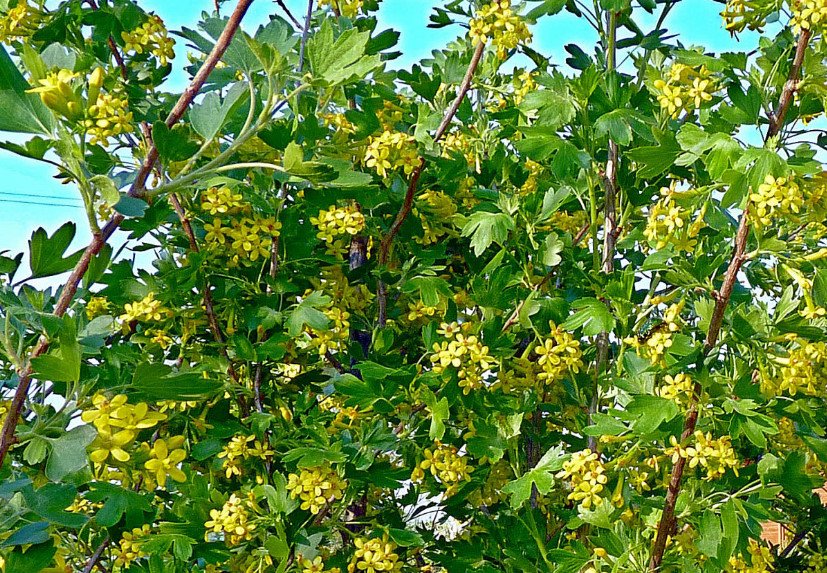
Plant Jostaberry in your garden – a beautiful and unpretentious shrub that can become a decoration of the site, and will give the berries a pleasant original taste.

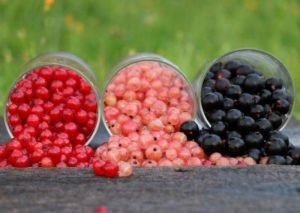

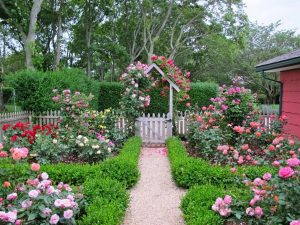
Leave a Reply